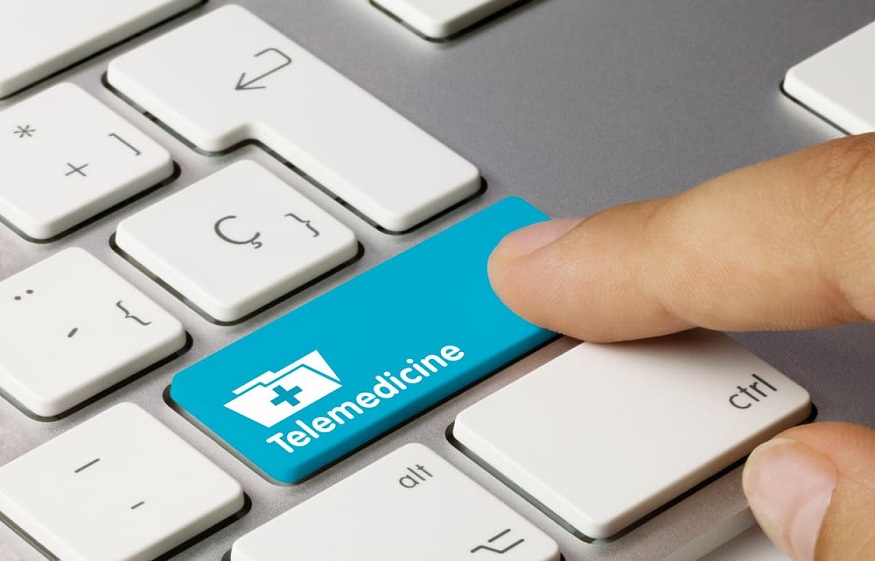The Healthcare Kiosk: Simple but Effective
If you had to choose one telemedicine solution to introduce to your medical practice, what would it be? A simple healthcare kiosk that manages check-ins electronically would be an excellent choice. The healthcare kiosk represents a simple but effective tool for leveraging technology to improve service delivery.
Telemedicine solutions can certainly be complex. CSI Health, a San Antonio, TX technology company, provides the perfect example by way of a range of solutions that combine basic medical kiosk principles with state-of-the-art diagnostic capabilities (you can learn more about them here). But not all telemedicine solutions have to be so comprehensive. Some can be as simple and basic as a check-in kiosk.
Pandemic Check-In Kiosks
The Kiosk Industry website published a post in April, 2020 discussing how medical kiosks had become essential to healthcare delivery during the pandemic. At the time, people were still uncomfortable about visiting offices and clinics. When they did make in-person visits, social distancing was the order of the day.
A healthcare kiosk deployed to facilitate electronic check-in allowed patients to maintain distance by not having to get too close to office staff. At the same time, healthcare providers were also using text messages to invite patients to enter the building. Patients would text to say they had arrived, then wait in their cars until they received a reply text inviting them to come in.
By combining the two ideas, healthcare providers were able to maximize efficiency while still maintaining social distancing protocols. Everything seemed to work extremely well.
Post-Pandemic Check-In
We can easily understand the benefits of medical kiosks, as pointed out by the Kiosk Industry post, and then apply them to a post-pandemic world. For example, one of the first benefits mentioned is streamlining patient check-in. All by itself, that benefit makes medical kiosks well worth the investment.
A patient checking in the old way has to visit the receptionist’s window. More often than not, the receptionist is simultaneously checking patient records, answering the phone, and performing other office tasks. If things are especially busy, check-in can take five or six minutes.
A medical kiosk capable of electronic check-in can do the same task in under a minute. Not only do patients not have to form a line at the receptionist’s window, but the receptionist also doesn’t have to wear multiple hats at the same time. They can concentrate on other tasks while the medical kiosk checks patients in. What is not to love?
Making Healthcare More Efficient
Building on that principle, CSI Health designs and engineers technologies intended to make healthcare delivery more efficient. Improved efficiency benefits both providers and consumers alike. Even something as simple as a medical kiosk for electronic check-in makes a significant difference. But why stop there?
What if you could visit a retail primary care clinic consisting of a dozen healthcare kiosks with full diagnostic capabilities, staffed by registered nurses? You could walk in and visit with a primary care physician as needed.
That is where the industry is headed. Technology producers have already mastered the basic medical kiosk for check-in and other administrative tasks. Now they are putting their efforts into healthcare kiosks with complete diagnostic capabilities and real time connections to remote healthcare providers.
The thing about telemedicine is that it can be as simple or complex as providers and patients want it to be. If one provider only wants to invest in digital kiosks for electronic check-in, that’s fine. Waiting room efficiency will still be improved. If another provider wants to implement a remote diagnostic solution, that is fine too. When it all works as intended, telemedicine makes healthcare delivery that much better.



